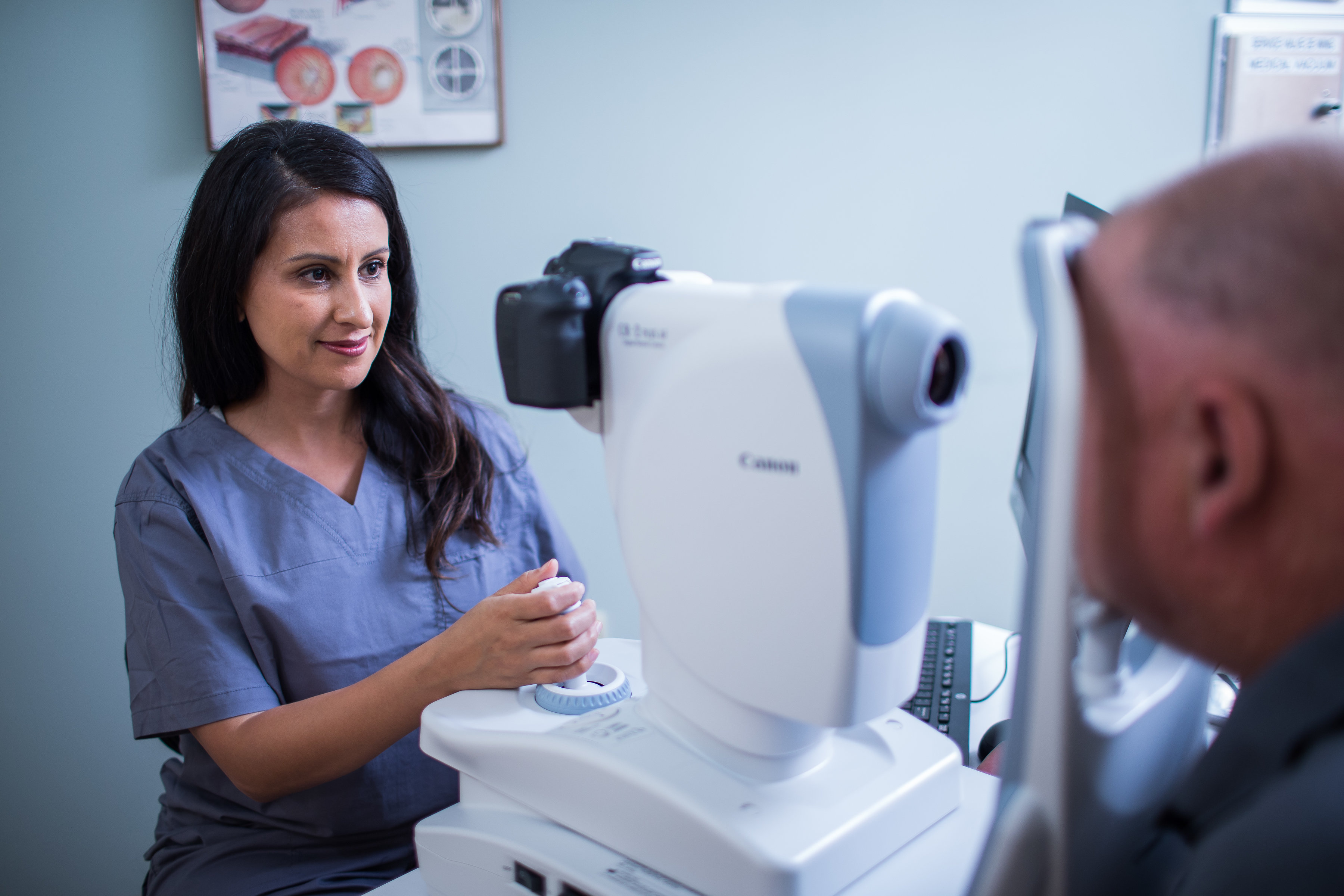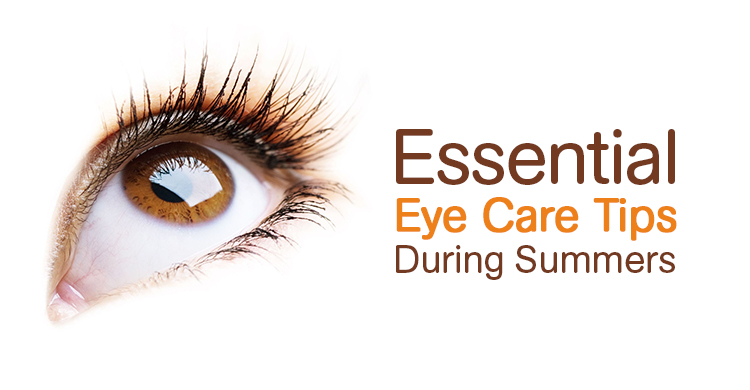The Complete Failure of Retina Disorders and Exactly How They Impact Your Vision
The complex network of cells in the retina plays a critical function in equating light right into the pictures that enable us to regard the world around us. Retina disorders can disrupt this fragile procedure, bring about a range of vision disabilities. Understanding the complexities of these conditions is necessary for grasping how they impact your vision and the possible implications they may carry your total eye health and wellness. By checking out the makeup of the retina, usual problems that can influence it, their causes, symptoms, and offered treatment choices, we can acquire useful insights into maintaining and securing our vision.
Summary of Retina Makeup
The complex structure of the retina functions as the foundation for aesthetic assumption and plays a vital role in the procedure of converting light into neural signals for the mind to translate. Found at the rear of the eye, the retina consists of a number of layers that function together flawlessly to assist in vision. At the core of this complex structure are photoreceptor cells called rods and cones. Poles are in charge of vision in low light problems and discovering motion, while cones are vital for shade vision and detailed visual skill. These photoreceptor cells transform light power into electrical signals that are after that refined by other retinal cells, such as bipolar cells and ganglion cells. The bipolar cells beam from the photoreceptors to the ganglion cells, which consequently send out these signals through the optic nerve to the brain for visual handling. Recognizing the elaborate composition of the retina is basic in understanding how vision functions and exactly how different retina problems can affect aesthetic perception.

Common Retina Disorders
Retina conditions include a series of problems that affect the elaborate structure of the eye liable for visual processing. One common disorder is age-related macular degeneration (AMD), a leading cause of vision loss in individuals over 50. AMD influences the macula, a component of the retina important for sharp central vision, causing blurriness or dead spots in the main aesthetic field.
One more common condition is diabetic retinopathy, occurring in individuals with diabetes. High blood sugar levels harm the capillary in the retina, bring about vision problems or loss of sight if left unattended. Retinal detachment is a significant disorder where the retina retreats from its normal placement, creating an unexpected beginning of advances, flashes of light, or loss of vision in a curtain-like pattern.
Lastly, retinitis pigmentosa is a group of hereditary problems that trigger the failure and loss of cells in the retina, bring about evening blindness and a gradual constricting of the aesthetic field - eye doctors in andalusia. Understanding these usual retina problems is essential in maintaining vision and looking for timely clinical intervention
Sources Of Retina Disorders
Various aspects add to the advancement of retina disorders, consisting of genetic predispositions, way of living options, check my source and underlying health conditions. Genetic proneness play a considerable function in several retina conditions, such as retinitis pigmentosa and macular degeneration. People with a family background of these conditions are at a greater risk of creating them because of acquired genetic anomalies affecting the retina's feature.
Lifestyle selections can additionally affect retina health and wellness. Smoking, for example, has been connected to an enhanced threat of age-related macular degeneration, an usual retina disorder that can cause vision loss. Poor dietary behaviors lacking essential nutrients like vitamins A, C, and E, in addition to omega-3 fats, can also add to the growth of retina disorders.
Hidden wellness conditions, such as diabetes and high blood pressure, are recognized to impact the retina. Diabetic retinopathy, a difficulty of diabetes, can trigger damages to the blood vessels in the retina, causing vision problems. Similarly, hypertension can lead to hypertensive retinopathy, where high blood stress affects the blood vessels in the retina, potentially triggering vision troubles. Recognizing these causes is essential in stopping and taking care of retina disorders.
Symptoms and Diagnosis
Given the significant impact that creates such as hereditary proneness, way of life options, and underlying health and wellness conditions can have on the development of retina problems, it is important to recognize the symptoms and make use of reliable diagnostic methods for early discovery and administration. Symptoms of retina conditions can vary depending on the details problem but may include obscured or distorted vision, the abrupt look of advances or flashes of light, a dark area in the facility of your vision, or a steady loss of central vision. It is essential to look for instant medical focus. if you experience any of these signs.
Early discovery through regular eye examinations is vital to avoiding vision loss and handling retina problems effectively. If diagnosed with a retina condition, your medical care provider will work with you to establish an individualized therapy web link strategy to preserve your vision.

Treatment Alternatives and Management
Efficient monitoring of retina disorders includes a complex approach that integrates customized therapy options to attend to details problems and preserve visual feature. Treatment choices for retina problems vary depending upon the underlying cause and extent of the problem. In cases of retinal detachment, surgical interventions such as vitrectomy or scleral buckling might be needed to reattach the retina and protect against vision loss. For problems like age-related macular deterioration (AMD), therapies like anti-VEGF shots or laser treatment can aid reduce down disease progression and preserve remaining vision.
Normal eye exams and very early detection of retina problems are important for effective administration and therapy results. People with retina conditions need to work very closely with their ophthalmologist to create a customized therapy plan that resolves their specific requirements and helps preserve optimum visual feature.
Conclusion
Finally, understanding the composition of the retina, common problems, triggers, signs, diagnosis, and treatment anonymous alternatives is important in taking care of vision impairments. Retina disorders can significantly impact vision and lifestyle, making very early discovery and proper administration crucial. By staying educated about these conditions and seeking proper clinical treatment, individuals can better protect their vision and preserve overall eye health and wellness.

Understanding the detailed anatomy of the retina is essential in understanding how vision features and how various retina conditions can affect aesthetic assumption.
Retinal detachment is a serious condition where the retina pulls away from its regular placement, triggering a sudden onset of floaters, flashes of light, or loss of vision in a curtain-like pattern.
Symptoms of retina problems can differ depending on the details problem but may consist of obscured or misshaped vision, the sudden appearance of advances or flashes of light, a dark spot in the center of your vision, or a gradual loss of main vision.In conclusion, comprehending the makeup of the retina, usual disorders, triggers, signs and symptoms, diagnosis, and treatment alternatives is vital in handling vision problems.